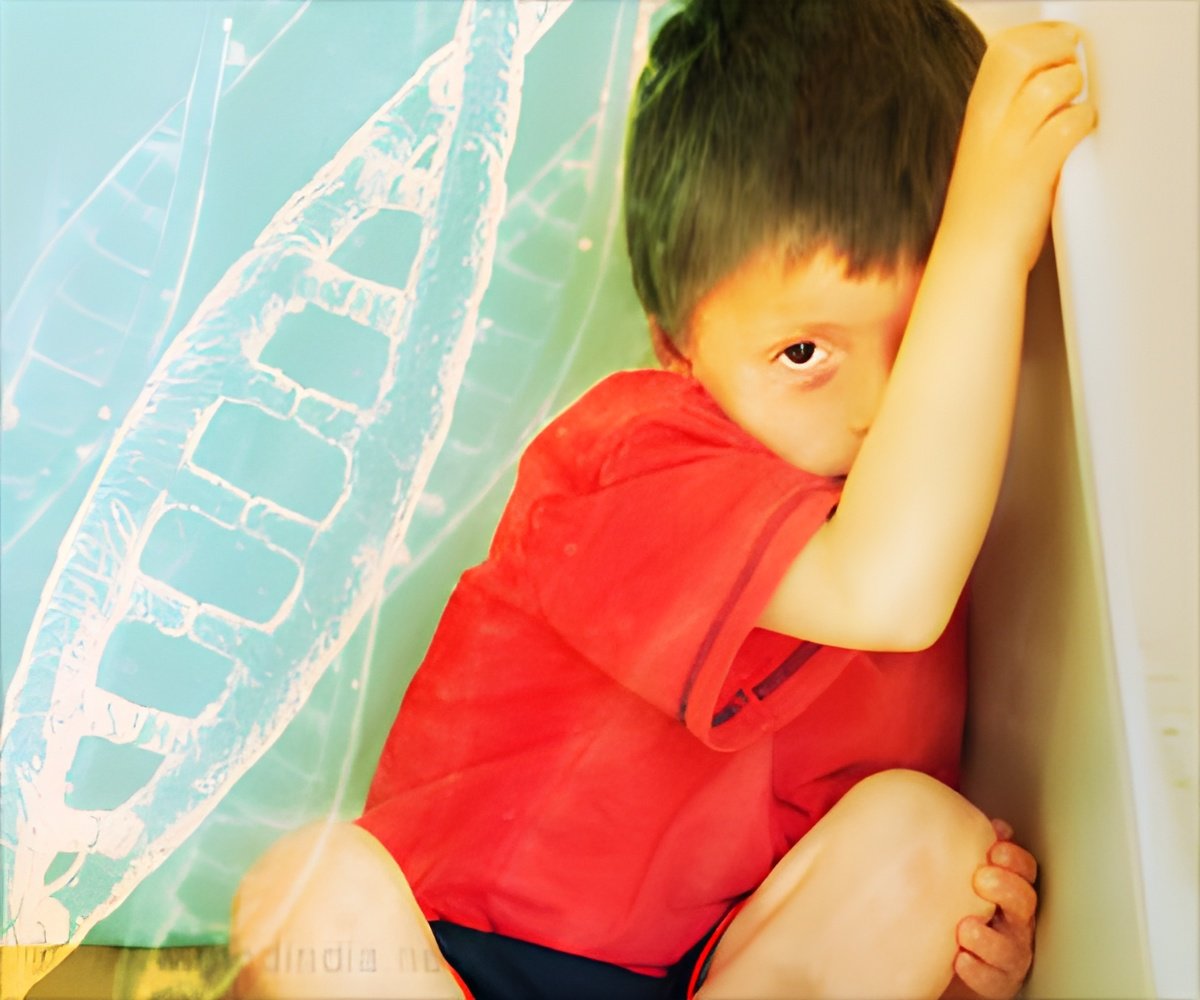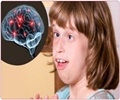A new study conducted by American researchers on a group of mice has linked autism with abnormalities in specific regions of their chromosomes in genes associated with aberrant brain development.

The findings are reported in a study published on April 15 in PLOS One.
The scientists bred a group of normal mice with a line of genetically modified mice that exhibit behaviors which are the mouse equivalent of autism. The 400 descendants of that crossbreeding, explained Sherr, "had a random assortment of genetics – some normal and healthy, some aberrant."
The scientists exhaustively observed and recorded the behavior of each descendant mouse. Since each animal's genetic makeup was already known, the researchers were able to pinpoint associations between specific autistic behaviors and specific chromosomal regions.
"This allowed us to say which regions we think contain the genes that contribute to which behavior," said Sherr.
Sherr noted that those regions "contain genes that are already known to cause autism in humans, or are involved in brain development in such a way that makes it likely that they can cause autism."
Advertisement
The researchers also observed what the mice did when they were in a chamber together. "A healthy mouse will spend a lot of time sniffing or interacting with the other mouse, while an autistic mouse will roam around the chamber ignoring the other mouse as if it was inanimate," said Sherr.
Advertisement
Scientists will also be able to test the effects of exposure to toxins and other substances on the development of autism, he said.
Eventually, said Sherr, "Having an animal model will let us test potential drugs to treat autism."
Source-Eurekalert














